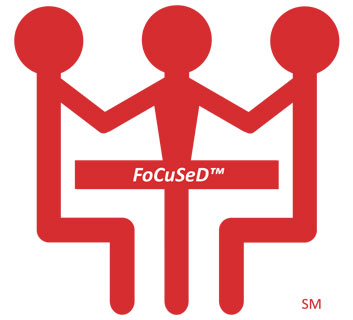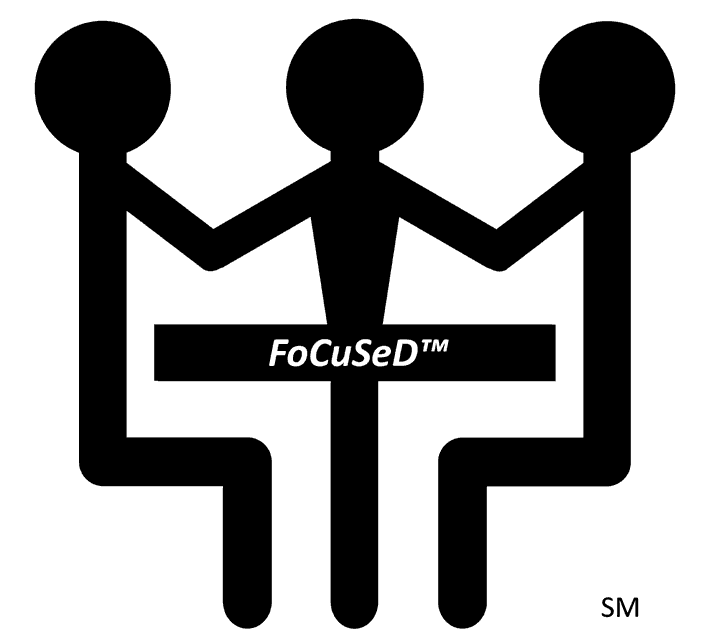 Organizational Performance Culture Maturity Model
Organizational Performance Culture Maturity Model
Before embarking on creating a high performing culture, an assessment is needed to determine the organization’s current cultural maturity level. We look at the Key Indicators in the Organizational Performance Culture Maturity Model (OPCMM), such as leadership, people, collaboration, meetings, projects, and reaction to change. We then develop an effective program suitable to achieve your organization's sustainable growth. 
| Key Indicator |
Traditional Culture
Maturity Level 1
(Forming)
|
Evolving Culture
Maturity Level 2
(Storming)
|
Performing Culture
Maturity Level 3
(Norming)
|
High Performing Culture
Maturity Level 4
(Performing)
|
|---|
| Leadership |
- top-down
- hierarchical
- annual reviews
- fights fires
- power from position
|
- gains buy-in
- begins to engage people
- thinks strategically
|
- engages people
- sees overall picture
- delegates – collaborative leadership
- forms effective teams – power comes from teams
|
- power from team
- people oriented
- fully engaged
- servant Leadership – consensus building
- reviews staff as needed
|
|---|
| People |
- work to make a living
- strategic direction of organization is seldom known
- follow directions
- people skills not as valuable as technical and business knowledge
|
- work is emotionally rewarding
- occasionally involved in strategic direction
- involved in decision-making
- people skills valuable, but mostly in training for HR
|
- people skills are viewed as valuable – those outside of HR are trained
- work is rewarding – people know why they come to work
- engaged in strategic direction-setting
|
- people skills are on par with technical and business skills
- work is engaging, rewarding, and work-life balance is attained
- fully engaged in strategic direction-setting and decision-making
|
|---|
| Collaboration |
- people look to leadership for guidance
- groups search for purpose
- common goal non-existent
|
- looks to leadership to make a difference
- groups not always sure of who controls direction
- some “collaboration” tools are used to work together
|
- people support each other
- open communication
- differences are ideological not personal
- collaboration tools are used effectively
|
- people commit and take responsibility
- open communication
- healthy conflict – trust exists
- focus on common goals
- authentic collaboration exists
|
|---|
| Meetings |
- “reinvent the wheel” each time
- viewed as waste of time and unproductive
|
- beginnings of standard templates
- standards for agendas and norms
- some degree of productivity
|
- meetings are standardized
- all meetings have effective agendas and norms
- participants look forward to productive meetings
- have appropriate tools for both face-to-face and virtual meetings
|
- meeting facilitation is the norm
- time is highly productive
- the entire organization is engaged in decisions through meetings
|
|---|
| Projects |
- frequently miss benefits, time, and/or budget
- struggle with methods
- poor relations between stakeholders
- project manager is responsible
|
- follow consistent methods
- project managers are trained in “how to” run projects
- engage all stakeholders
- more adaptive to changes
- teams are more responsible
|
- standardized methods used
- stakeholders engaged in decision-making
- project managers are trained in “how to” and “why” to run projects
- effective collaboration exists
- responsibility is shared
|
- methods are standard and project managers fully understand them – how and why
- projects are flexible
- full collaboration between all stakeholders
- projects complete on time and in budget
|
|---|
| Change |
- change is resisted
- organization struggles with how to handle change
|
- change is accepted – acceptance is tolerated
- organization follows a change management philosophy
|
- change is expected
- acceptance is expected
- change management is standard
|
- full agility – anticipated and embraced
- change is embraced
- change management is constant and embraced
|
|---|
Created by Gary Rush, IAF CPF – Copyright © 2018, MGR Consulting, Inc.

![]() Organizational Performance Culture Maturity Model
Organizational Performance Culture Maturity Model![]()
![]()

